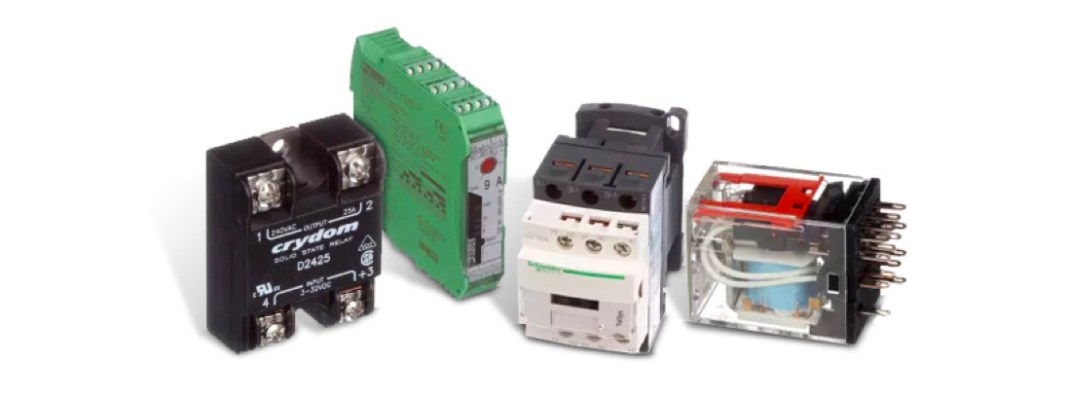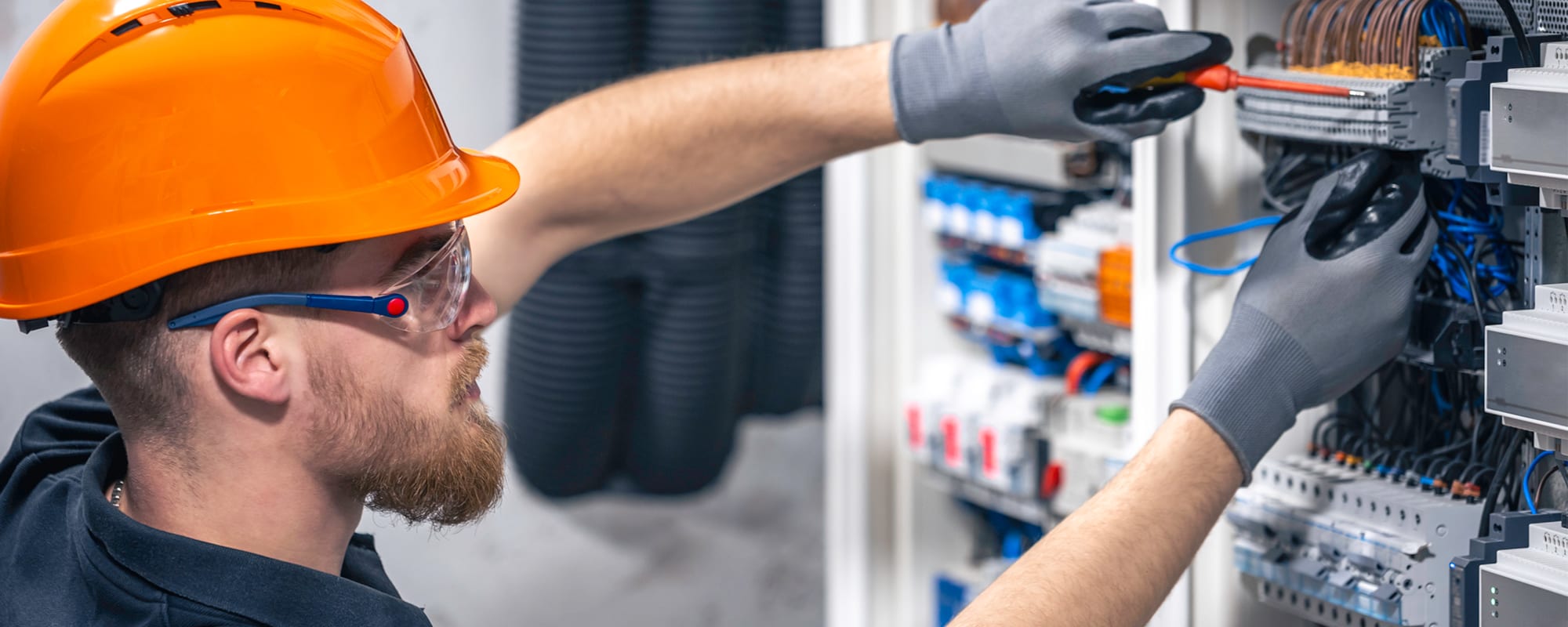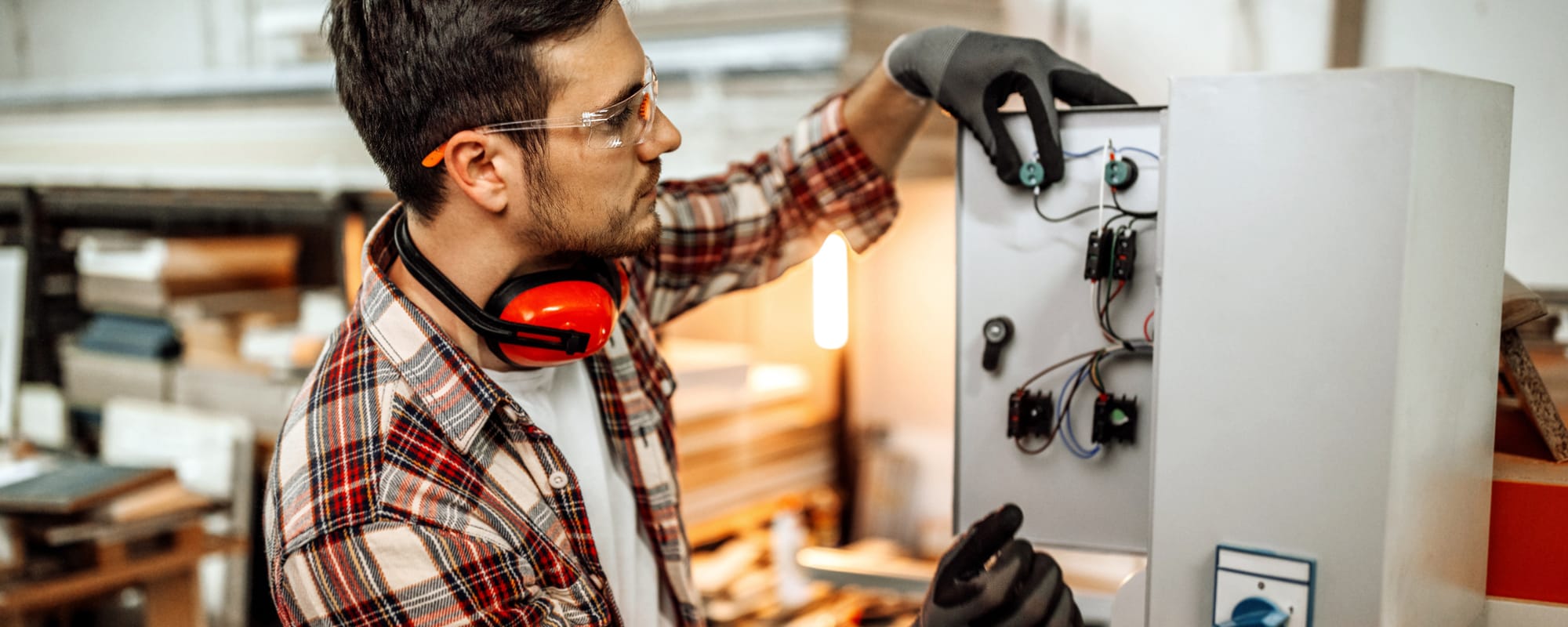What is the difference between a contactor and a relay?
The Basics
Contactors and relays perform the same task and operate under very similar principles. In essence, to turn things on and off, we need devices that are switchable by application of a current or voltage. Electrically, we have transistors and integrated circuits and mechanically, we have relays and contactors. The main difference between contactors and relays is the loads that they are meant to handle. Contactors are used for loads that have high voltages and high currents. Contactors are typically used for devices that pass more than 15 amps or loads of more than 3kW. In addition, contactors are usually designed with control and suppression features to handle the arc produced when heavy motor currents are interrupted.
What Should I Use?
When you are determining whether you should be using a relay or a contactor, there is a lot to consider. In some high-current load devices, you may need the contactor designed directly in. Maybe you need the arc dividers and magnetic suppression of contactors to be utilized in switching multi horsepower motors. If you look closely at the application and you are satisfied that either a relay or a contactor will serve your purpose, then you may be able to start looking at other aspects, for example a lower cost relay over a higher cost contactor.
Key Takeaways:
- Contactors and relays operate under similar principles
- Contactors are typically used for switching higher loads
- Relays usually have normally closed contacts
- Contactors have a few extra features like arc suppression and are spring loaded
- A good rule of thumb is use a contactor if your device passes more than 15 amps or in circuits rated more than a few kWs






